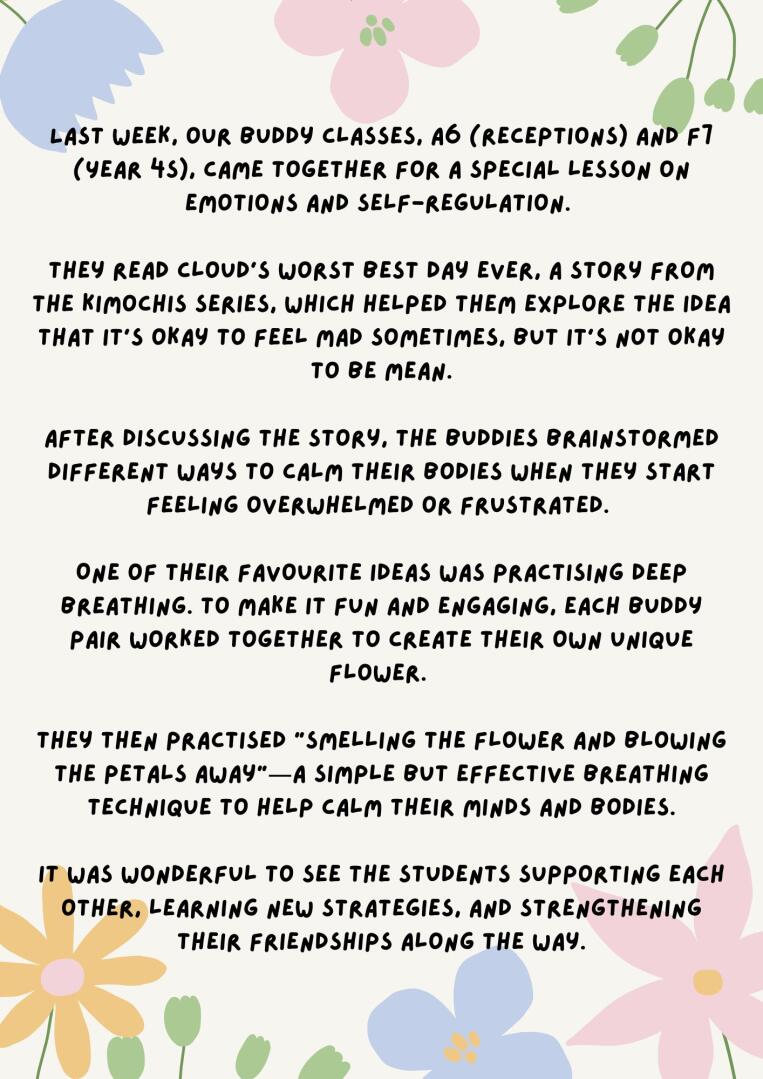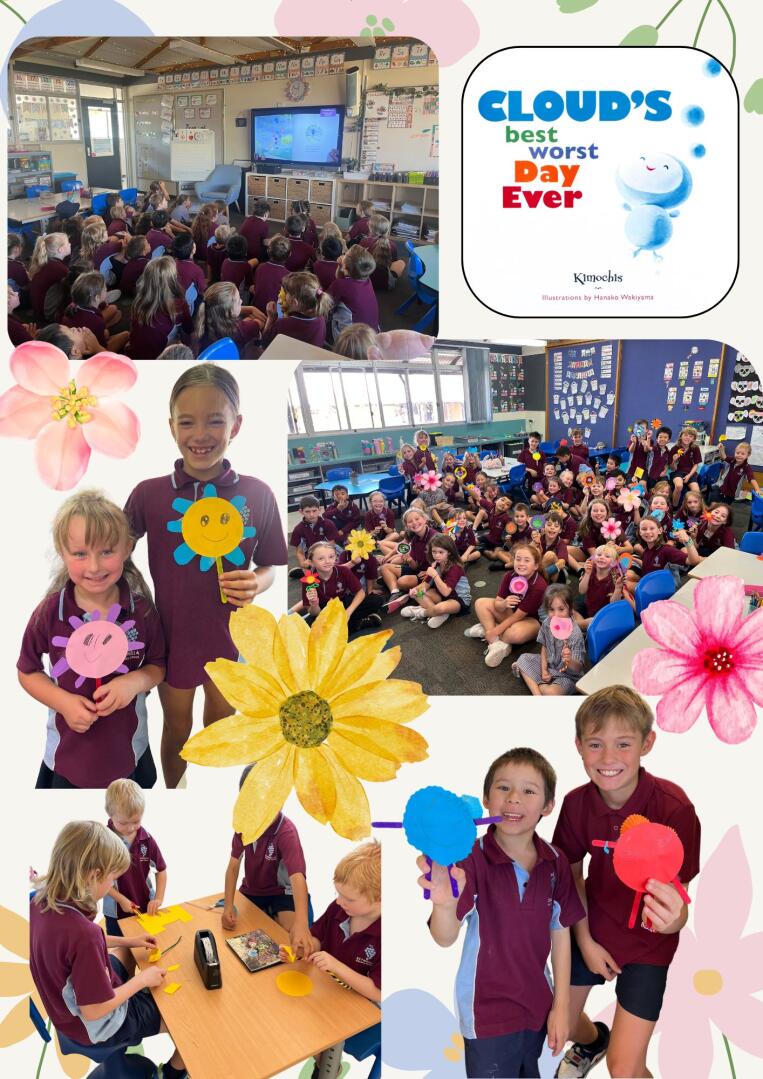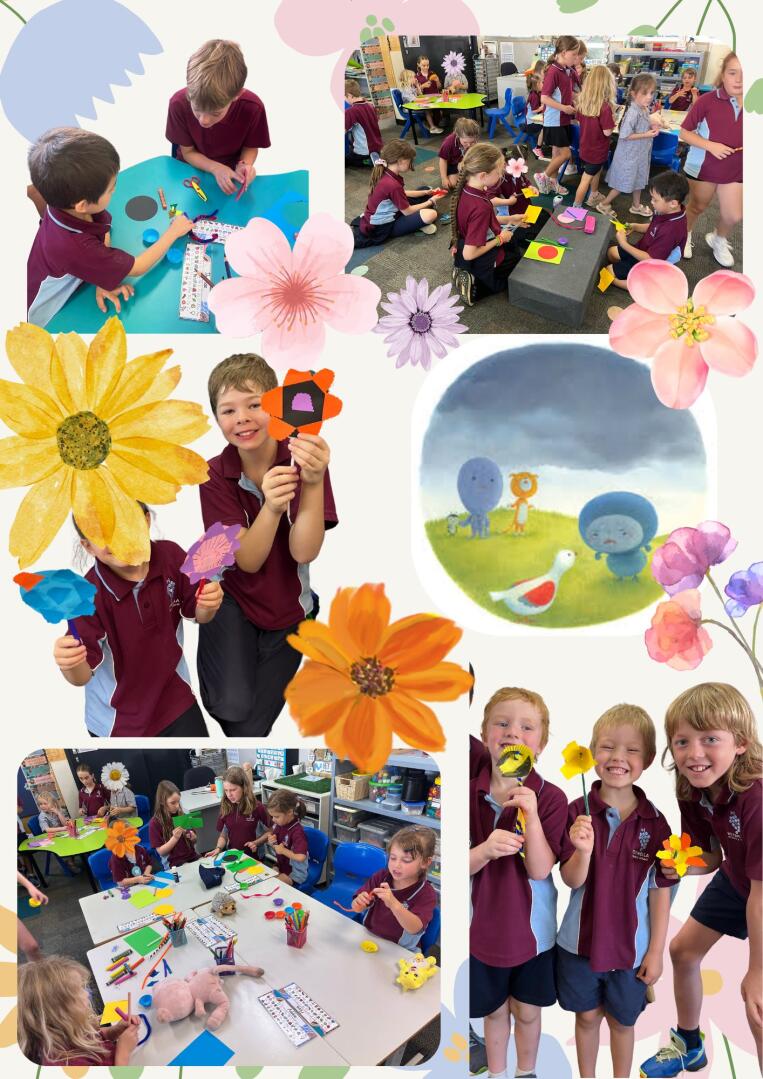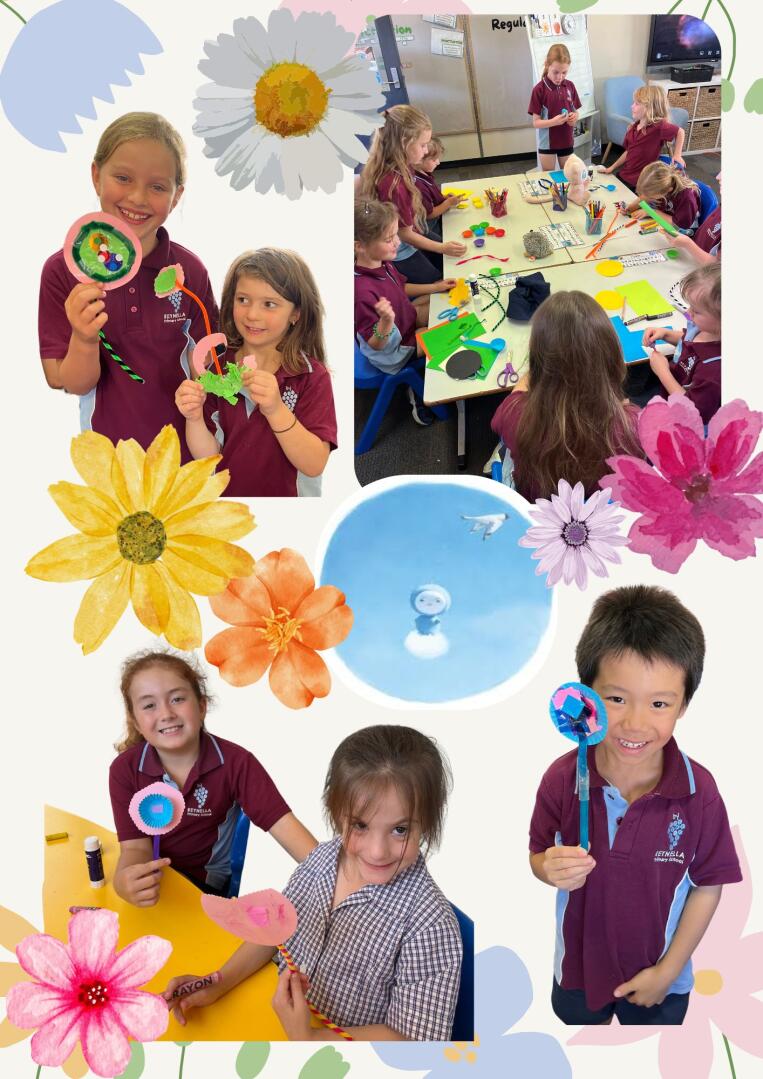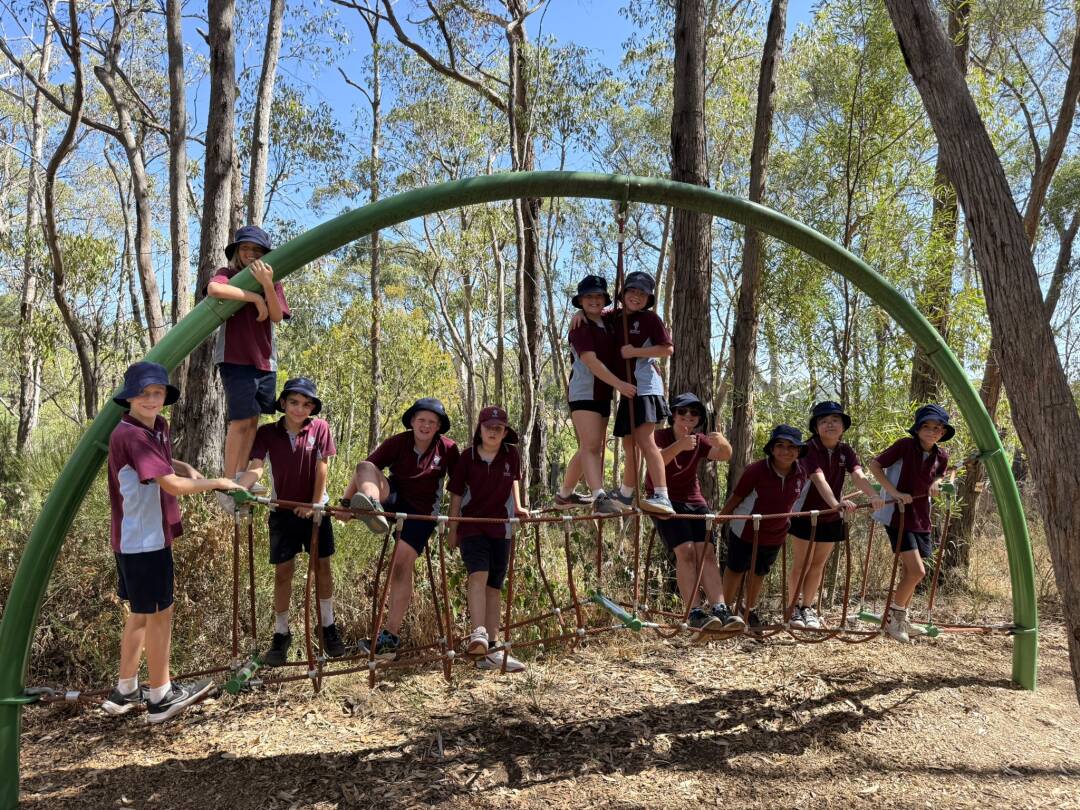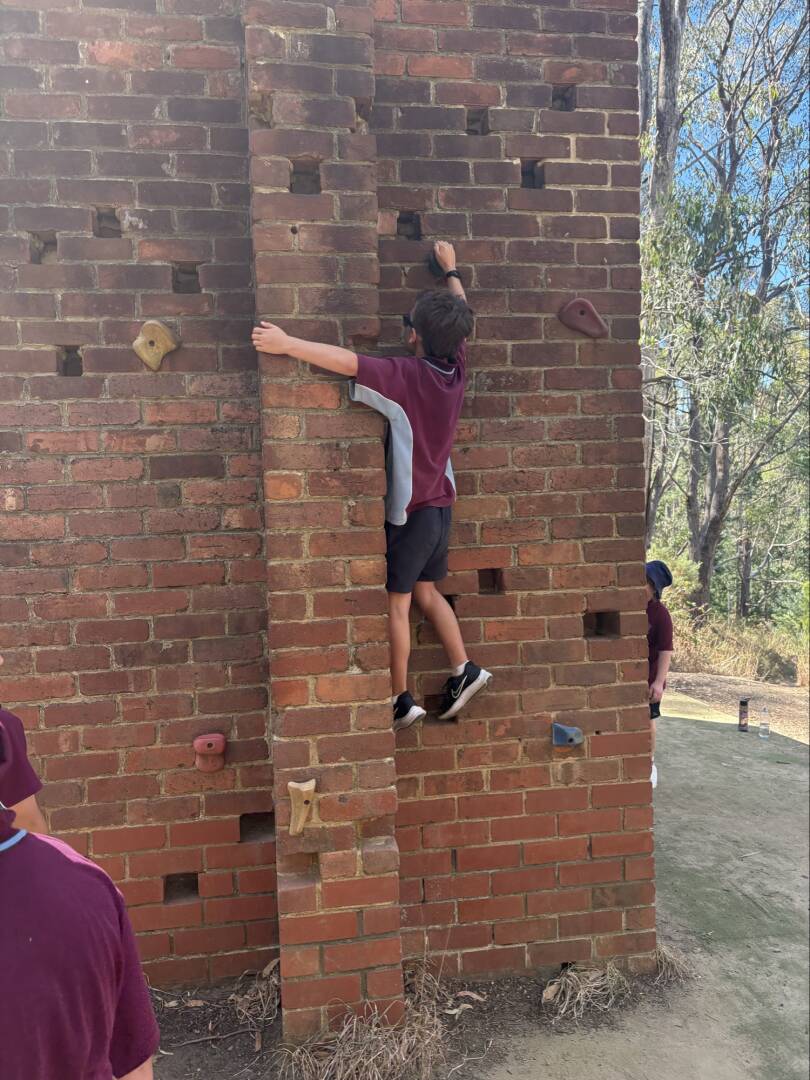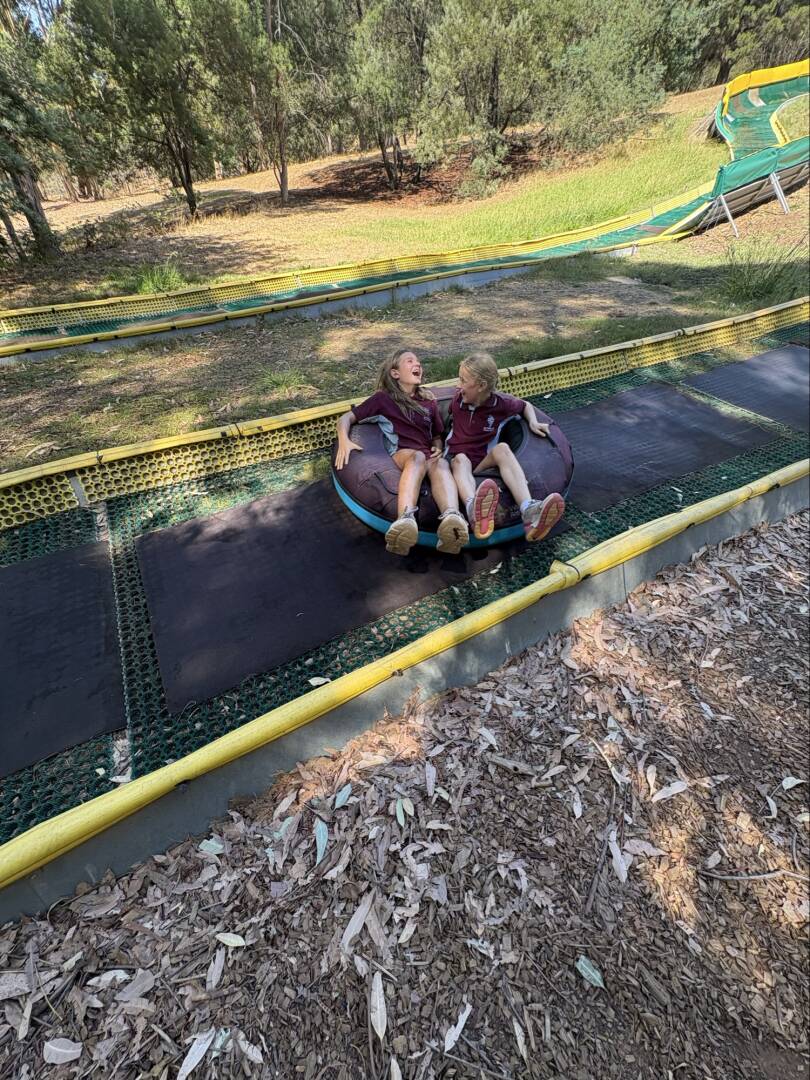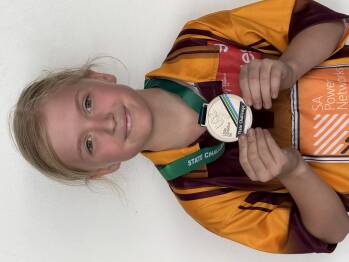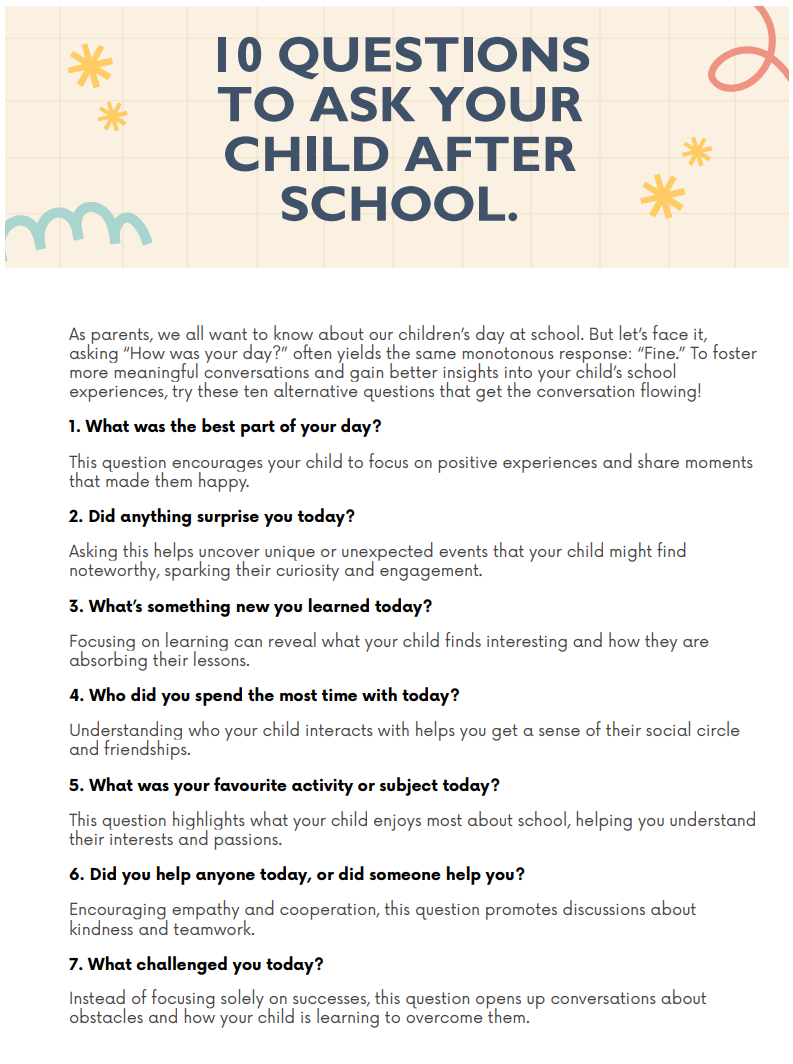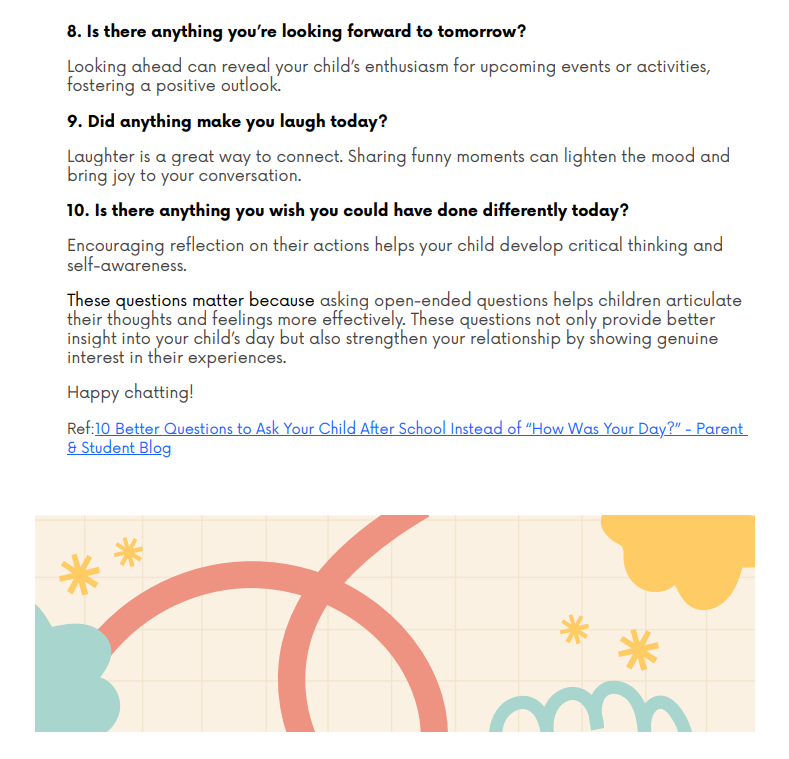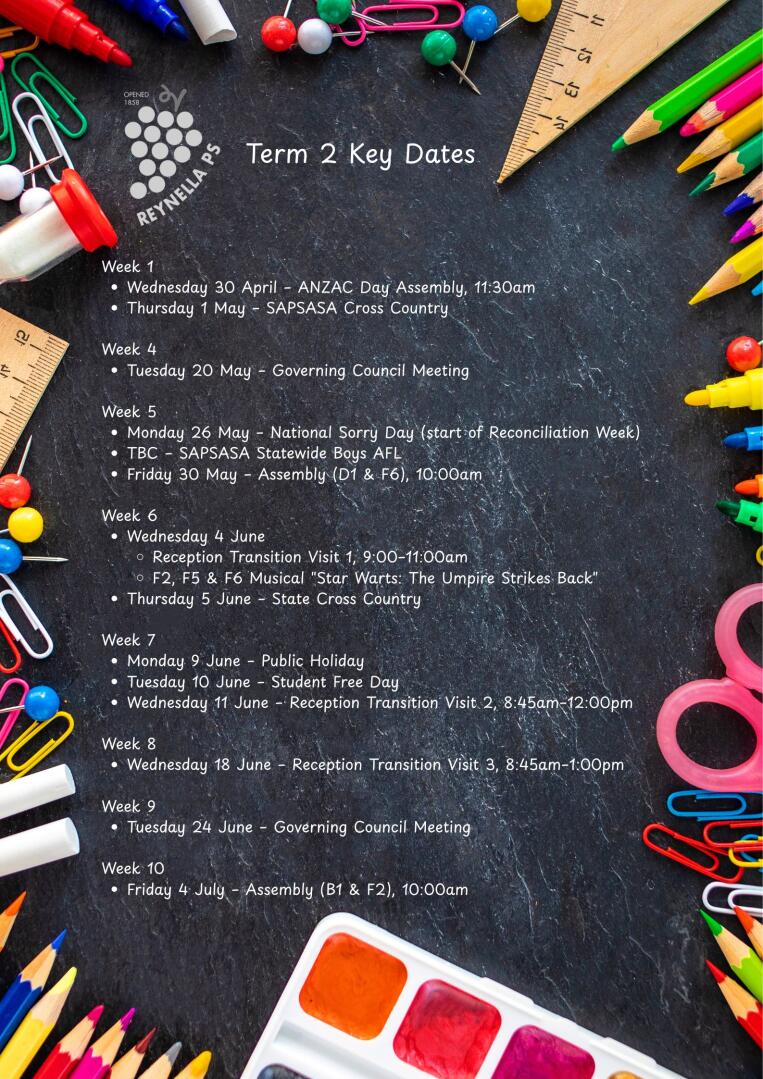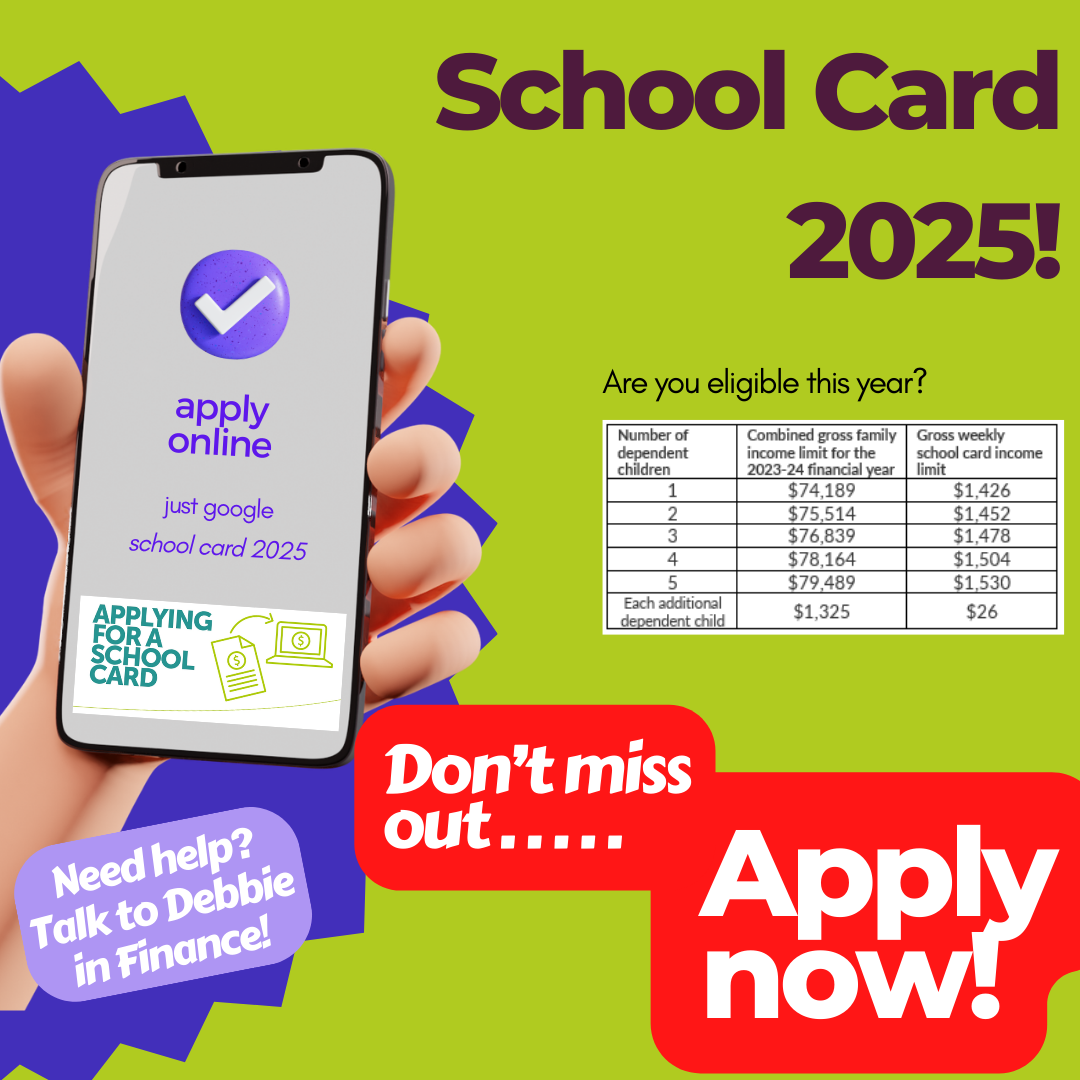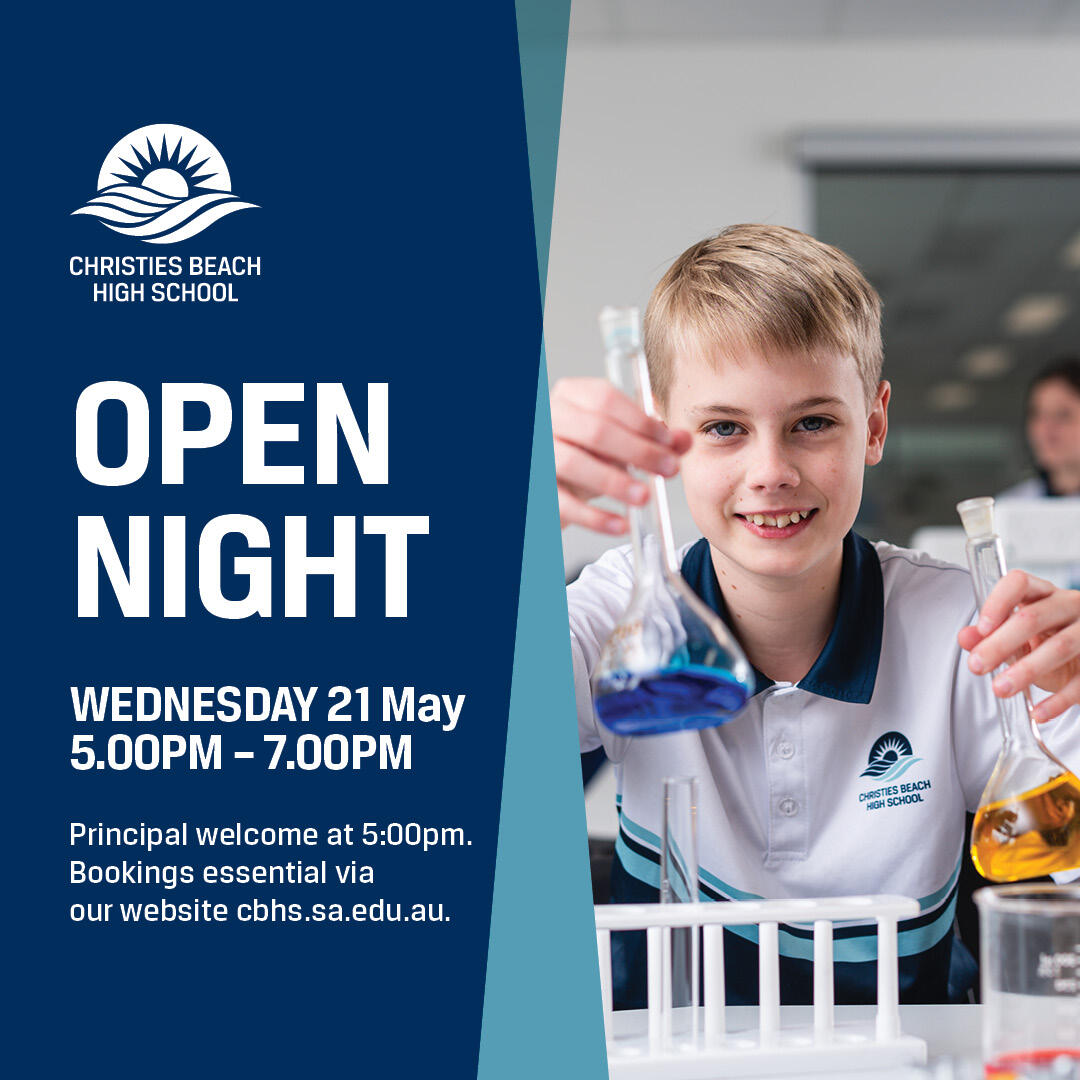Positive Behaviours for Learning
One of the key ways we’re strengthening our commitment to a safe, supportive and inclusive environment is through our focus on Positive Behaviours for Learning (PBL).
PBL is a whole-school approach that promotes and reinforces positive behaviour to support learning and wellbeing. It involves clearly teaching expected behaviours, acknowledging when students meet those expectations and responding consistently when challenges arise. The aim is to build a culture where positive behaviour is the norm and students feel confident, safe and ready to learn.
As part of this work, we’ve begun the process of refreshing our school values, ensuring they reflect the kind of school community we all want to be part of. This has included initial staff workshops where we’ve explored the beliefs and behaviours that matter most to us.
In the coming weeks, we’ll be inviting input from students, families and the wider community as we shape a new, shared set of school values. Your voice is vital in this process and we look forward to working together to define values that guide not only our behaviour, but our identity as a school.
The Impact of Social-Media on Adolescents
As a school community, we are committed to the wellbeing of every student. One area that continues to grow in complexity is the influence of social media on young people’s relationships, mental health and learning.
While social media can be a positive space for connection and self-expression, it also has a darker side, particularly when it comes to online conflict and bullying. We occasionally see the residual effects of these interactions spill into the school environment, impacting friendships, focus and overall wellbeing.
Unlike face-to-face disagreements, social media interactions can continue after school hours and reach a much wider audience. The words and images shared online can leave lasting emotional scars and students often arrive at school still carrying the weight of what’s happened the night before.
We encourage all families to speak regularly with their children about their online lives. Setting boundaries, checking in and modelling respectful digital behaviour at home can make a big difference.
Together, we can create a culture, both online and at school, where respect and kindness guide our interactions.
Chris Tippett
Principal



